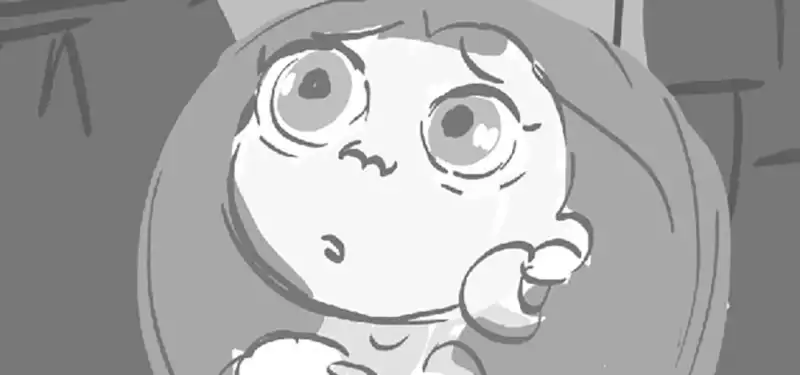Mar 18, 2021
"Wolfwalkers" story artist Iker Maidagan writes a valuable description of the development of the film
This week, the team behind Cartoon Saloon's Wolfwalkers learned that their film has been nominated for an Oscar. If there was a statuette for best behind-the-scenes essay, we could hand it to the film now: story artist Iker Maidagan has written an excellent account of his work on the project. Read it on Medium here.
The article is, before anything else, a spotlight on the under-appreciated work of story artists, who bridge script and animatic. Maidagan lucidly explains what this role entails - at least at Cartoon Saloon, for Maidagan is at pains to distinguish its approach from those of studios he previously worked at (which he found “disappointing”).
Wolfwalkers also marked a change within Cartoon Saloon: for the first time, the studio had a “proper story team.” At the same time, the absence of a head of story enabled artists to work closely with the directors, Tomm Moore and Ross Stewart. “In my experience,” Maidagan writes, “this not only made communication a thousand times faster, it also allowed for a better understanding of the feeling the directors were trying to convey with each scene.”
As Maidagan recounts the film's tortuous narrative development - five animatics in a year and a half - he describes plenty of deleted scenes, some of which are shown in the copious boards published alongside. We're made privy to insider's tidbits: we learn, for instance, that Moore and Stewart toyed with the idea of recording the film in 17th-century English. Ultimately, we learn how Maidagan's years of fervent work warped his experience of the finished film, which he watched a little uncomfortably, unable to “remove myself from the animatics I had seen a thousand times just a couple of years before.”
It's rare for an artist on a major animated feature to write such a thorough, revelatory account of their time on the project so soon after release. Maidagan stresses the importance of candidness and clear communication in the making of animation. His article exemplifies both.




Post your comment